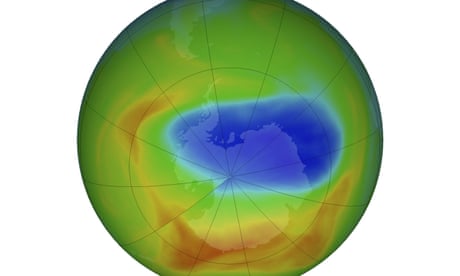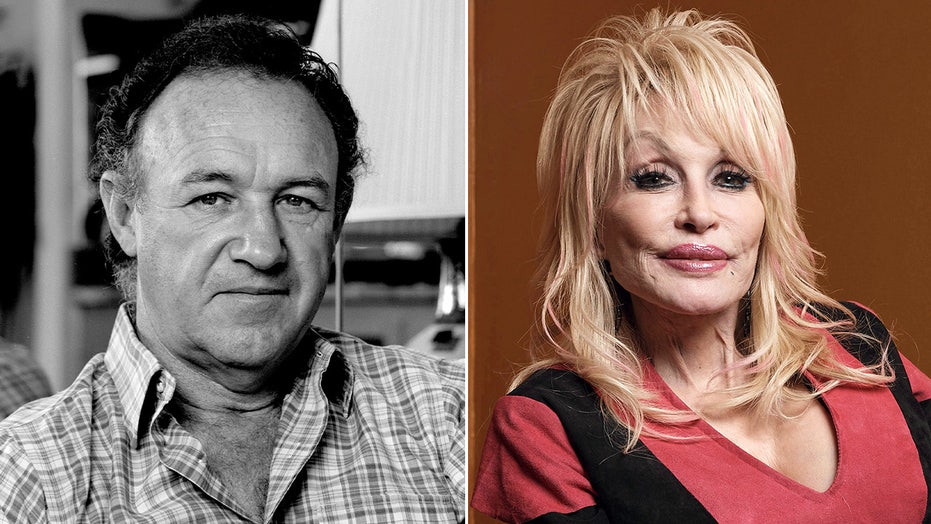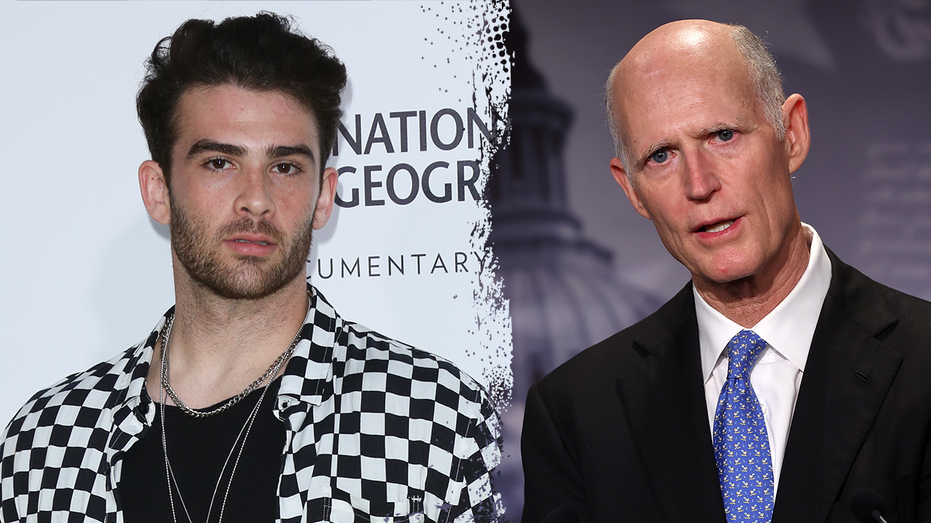- by foxnews
- 05 Mar 2025
Earth’s ozone layer on course to be healed within decades, UN report finds
Earth’s ozone layer on course to be healed within decades, UN report finds
- by theguardian
- 10 Jan 2023
- in news

The hole in the Earth's ozone layer, once the most feared environmental peril facing humanity, is set to be completely healed over most of the world within two decades following decisive action by governments to phase out ozone-depleting substances, a new UN assessment has found.
The loss of the ozone layer, which risked exposing people to harmful ultraviolet rays from the sun, is on track to be completely recovered by 2040 across the world, aside from the polar regions, according to the report. The poles will take a little longer - the ozone layer will fully bounce back by 2045 over the Arctic and by 2066 over the Antarctic.
Following alarm over the loss of ozone in the 1980s, the ozone layer has been steadily improving in the wake of the 1989 Montreal protocol, an international agreement that has helped eliminate 99% of ozone-depleting chemicals, such as chlorofluorocarbons (CFCs) that were used as solvents and refrigerants.
The UN said the action taken on the ozone layer had also bolstered the more ponderous response to the climate crisis - CFCs are also greenhouse gases and their continued uncontrolled use would have raised global temperatures by as much as 1C by the middle of the century, worsening an already dire situation where planet-heating gases are still not declining.
"Ozone action sets a precedent for climate action," said Petteri Taalas, secretary-general of the World Meteorological Organization, which unveiled the progress report, which is conducted every four years, on Monday. "Our success in phasing out ozone-eating chemicals shows us what can and must be done as a matter of urgency to transition away from fossil fuels, reduce greenhouse gases and so limit temperature increase."
The unified global response to dealing with CFCs means that the Montreal agreement should be considered "the most successful environmental treaty in history and offers encouragement that countries of the world can come together and decide an outcome and act on it", according to David Fahey, a scientist at National Oceanic and Atmospheric Administration who is a lead author of the new assessment.
The progress has not always been smooth - in 2018 scientists detected an uptick in CFC use, which was tracked to China and eventually remediated. Meanwhile, the replacement of CFCs with another group of industrial chemicals, hydrofluorocarbons (HFCs), was problematic as HFCs are greenhouse gases, requiring a further international agreement, struck in Kigali, to curb their use.
Fahey said that even with swift global action on CFCs, the chemicals still linger in the atmosphere for about a century. "It's a bit like waiting for paint to dry, you just have to wait for nature to do its thing and flush out these chemicals," he said.
The challenge when it comes to greenhouse gases like carbon dioxide is even greater, he said, as they stay in the atmosphere far longer and, unlike CFCs which were produced by just a handful of companies, the emissions coming from fossil fuels are far more widespread and embedded in almost every activity in societies.
"CO2 is another order of magnitude when it comes to its longevity, which is sobering," he said. "Getting every person on the planet to stop burning fossil fuels is a vastly different challenge."
The latest UN progress report is the first to look at the potential impact upon the ozone layer of solar geoengineering, a proposed climate intervention where reflective particles, such as sulphur, are sprayed en masse into the atmosphere to deflect sunlight and therefore reduce global heating.
The controversial practice, which the US government is looking to research, has the potential to reduce global temperatures but could have "unintended consequences, including effects on ozone", the report finds, although it acknowledges "many knowledge gaps and uncertainties prevent a more robust evaluation at this time".
Fahey said that adding large amounts of sulphur to the stratosphere could reduce ozone, although probably by less than 10% and would not cause a "collapse" in the ozone layer.
"These sort of climate interventions are touchy subjects because they are a tangled ball of ethics and governance, rather than just science," he said. "There would indeed, though, be consequences for ozone if you put enough sulphur into the atmosphere. It would be unavoidable."
- by foxnews
- descember 09, 2016
Popular travel destination breaks annual tourism record, sets new goal of 60M visitors
After breaking an annual tourism record in 2024, Japan looks to reach 60 million visitors by 2030. Officials tell Fox News Digital how Japan plans to attract visitors.
read more


